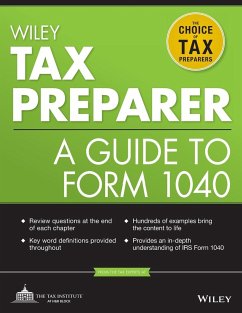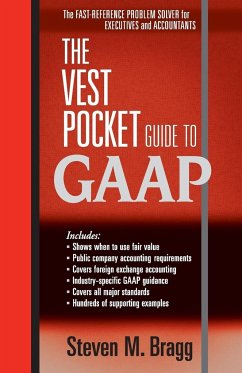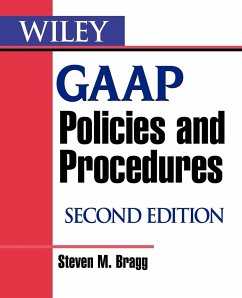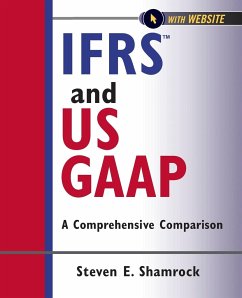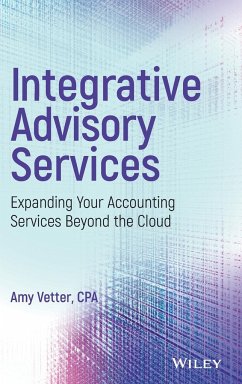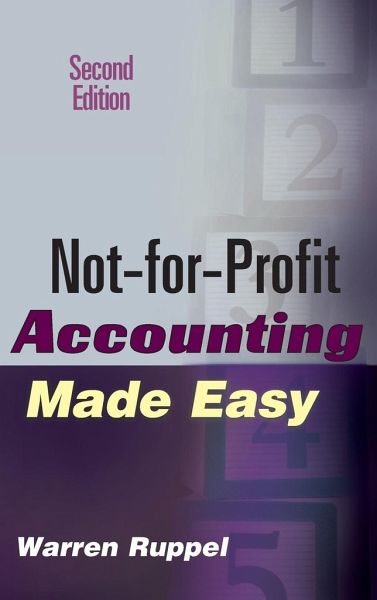
Not for Profit Accounting Made
Versandkostenfrei!
Versandfertig in über 4 Wochen
22,99 €
inkl. MwSt.
Weitere Ausgaben:

PAYBACK Punkte
11 °P sammeln!
Not-for-Profit Accounting Made Easy Second Edition The world of accounting can be intimidating but there's no way to avoid it--even nonprofit organizations must venture into financial jargon and concepts. Now in a second edition, Not-for-Profit Accounting Made Easy, Second Edition shows you how to read and understand a nonprofit financial statement, while providing you with a basic understanding of the accounting and financial reporting practices of a nonprofit. Clarifying nonprofit accounting principles and reporting standards in simple terms that are easily understood by those with little or...
Not-for-Profit Accounting Made Easy Second Edition The world of accounting can be intimidating but there's no way to avoid it--even nonprofit organizations must venture into financial jargon and concepts. Now in a second edition, Not-for-Profit Accounting Made Easy, Second Edition shows you how to read and understand a nonprofit financial statement, while providing you with a basic understanding of the accounting and financial reporting practices of a nonprofit. Clarifying nonprofit accounting principles and reporting standards in simple terms that are easily understood by those with little or no prior accounting experience, Nonprofit Accounting Made Easy, Second Edition conforms to FASB and AICPA standards and forms and introduces you to: * Basic accounting terminology * Fundamental accounting concepts * Basic financial statements of a nonprofit organization * Accounting for contributions, investments and financial instruments, activities with joint costs, affiliated organizations, and collections * Accounting peculiarities of health care, education, and religious and cultural nonprofits * Accounting for leases * Accounting for pension plans and other employee benefit plans Simple and practical in approach, this book is helpful not only for nonaccountants with accounting duties but also for people who work with nonprofits in a variety of capacities. Since nonprofit accounting differs in many subtle ways from normal business accounting, this book shows you how to brush up on the idiosyncrasies that separate the two. Management and staff, board members, consultants, donors, and creditors can all benefit from understanding the fundamental principles of nonprofit accounting. With updated GAAP hierarchy discussions including the PCAOB and its impact on standards setting and applicability to nonprofit organizations, Nonprofit Accounting Made Easy, Second Edition offers a wealth of practical information on putting accounting principles to work for your nonprofit.




